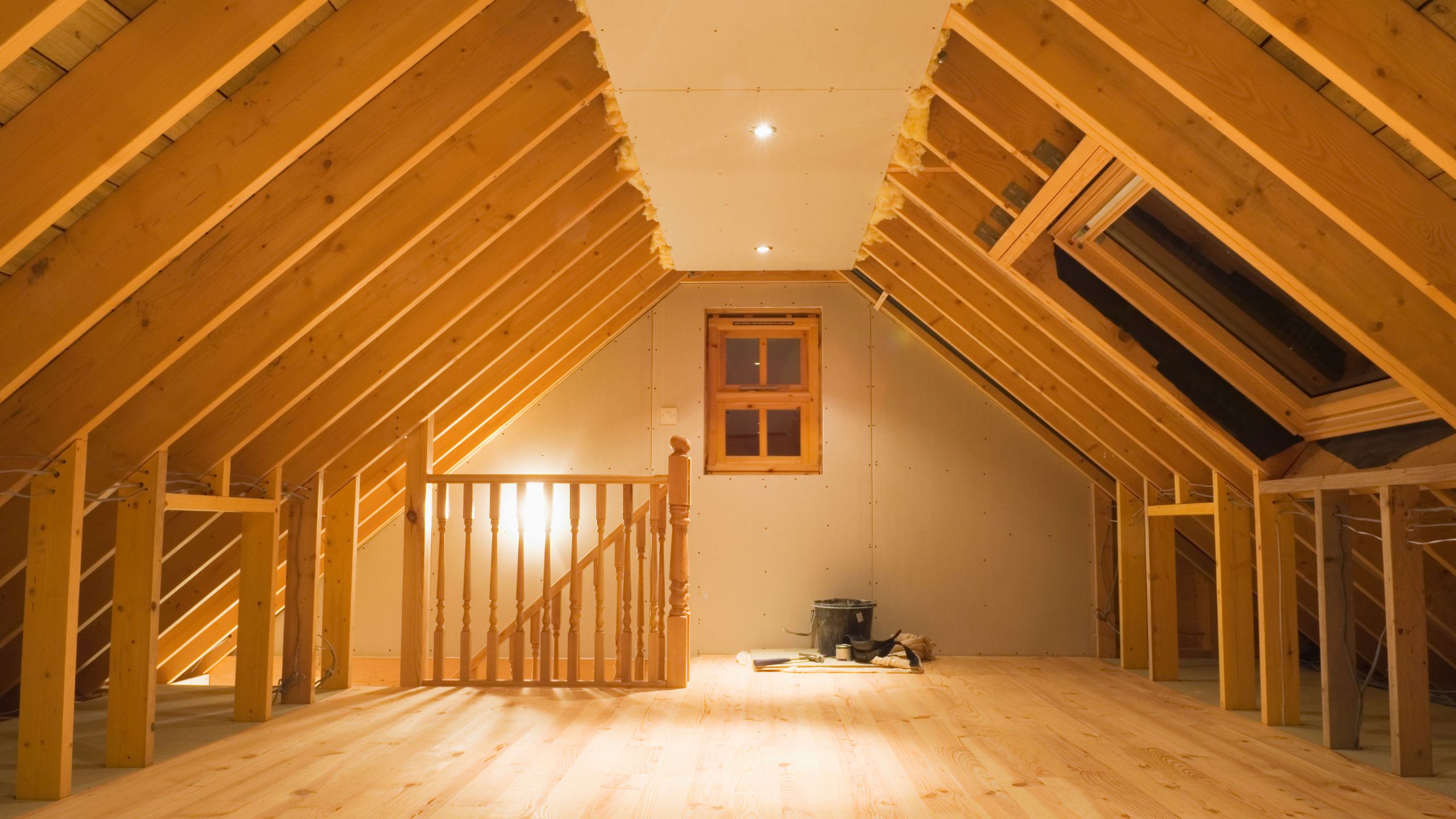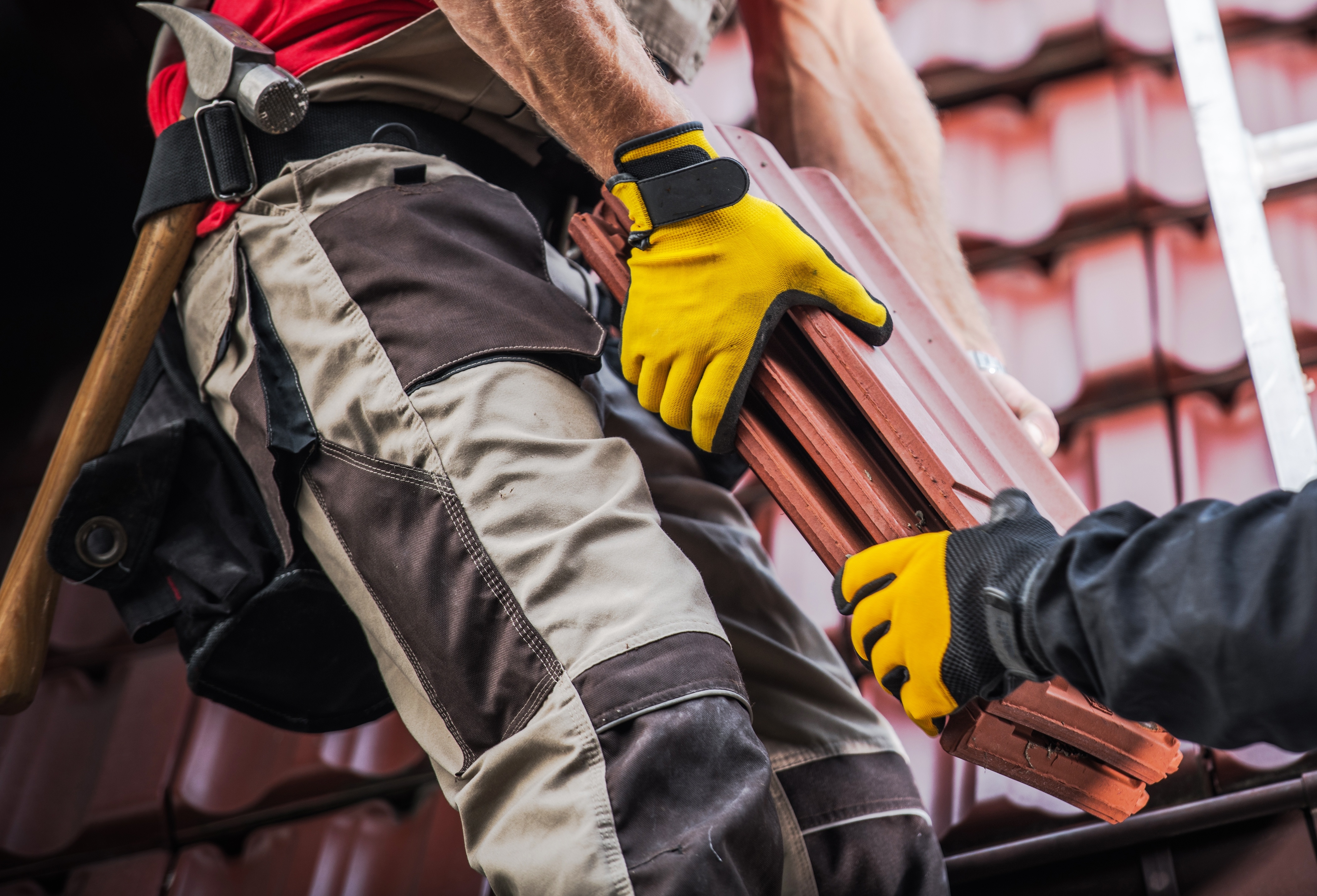A leaking attic isn’t just a nuisance—it can lead to mold, structural damage, ruined insulation, and higher energy bills. Catching the signs early and taking quick action can save you a lot of money and trouble down the road.
In this post, we’ll walk you through the key signs of an attic leak, the most common causes, and what you can do to repair and prevent future issues.
Signs Your Attic Might Be Leaking
Spotting a leak early is the best way to prevent major damage. Here are the telltale signs to look for during your attic inspection:
Water Stains or Discoloration
Notice brown, yellow, or rusty stains on your attic’s ceiling or insulation? That’s a strong indication of water intrusion, especially if it worsens after rain.
Damp or Wet Insulation
If your insulation feels wet or soggy, it’s likely absorbing moisture from a leak. Wet insulation also loses its effectiveness, leading to higher energy costs.
Mold or Musty Smells
A persistent musty smell or visible mold growth is a major red flag. Mold thrives in damp environments and can pose health risks if left unchecked.
Dripping or Pooling Water
If you see water dripping during a storm or find puddles on the attic floor, the leak is active and needs immediate attention.
Warped Wood or Rusted Nails
Moisture causes wood to warp and metal to rust. If your attic beams look twisted or nails are corroded, there’s likely a chronic moisture problem.
Ice Dams in Winter
In colder climates, ice dams can trap melting snow on your roof, forcing water beneath the shingles and into your attic.
What Causes Attic Leaks?
Understanding the root cause of your attic leak is key to a proper fix. Here are the usual suspects:
Damaged or Missing Roof Shingles
Faulty or Old Flashing (around chimneys, skylights, vents)
Poor Attic Ventilation (causing condensation buildup)
Cracked Roof Vents or Plumbing Boots
Clogged Gutters (leading to roof water overflow)
Improper Skylight Installation
How to Fix an Attic Leak
Once you’ve spotted the signs, it’s time to act. Here’s how to tackle the problem:
Step 1: Identify the Source
Inspect the attic during or right after rain. You can also spray a hose on the roof while someone watches inside for drips. Trace water trails upward to find the leak’s entry point.
Step 2: Improve Ventilation and Insulation
A well-ventilated and insulated attic prevents moisture buildup and heat loss. Consider installing soffit and ridge vents, and check that your insulation meets current standards.
Step 3: Patch Small Leaks Temporarily
For minor roof punctures, roofing cement or waterproof sealant can provide a temporary fix until a roofer can do a proper repair.
When to Call a Professional
Some leaks are best left to experts—especially if:
The leak source is unclear.
Mold growth is significant.
The attic structure appears damaged.
You’re uncomfortable climbing on the roof.
How to Prevent Future Attic Leaks
Preventing a leak is far easier (and cheaper) than repairing one. Here’s what you can do:
Inspect your roof and attic twice a year—ideally in spring and fall.
Keep your gutters clear of leaves and debris.
Trim tree limbs that hang over your roof.
Use a dehumidifier in humid climates.
Make sure your attic has proper ventilation and insulation.
Need Help? Call the Pros at Ripcord Construction
If you’ve noticed signs of a leak—or just want peace of mind—a professional inspection can save you a lot of hassle. At Ripcord Construction, we specialize in attic and roofing repairs, offering expert service you can trust.
📞 Call us today at 734-288-8445
🌐 Visit us online at www.ripcordconstruction.com
Don’t wait for a small issue to become a big problem—let Ripcord Construction help you protect your home.




